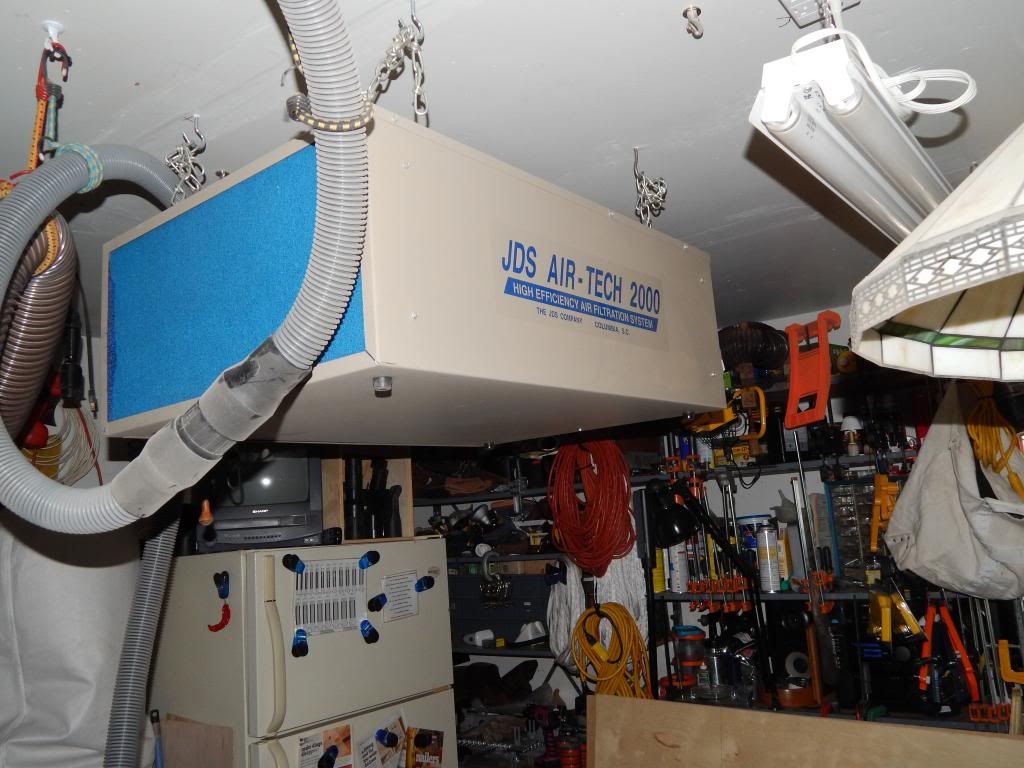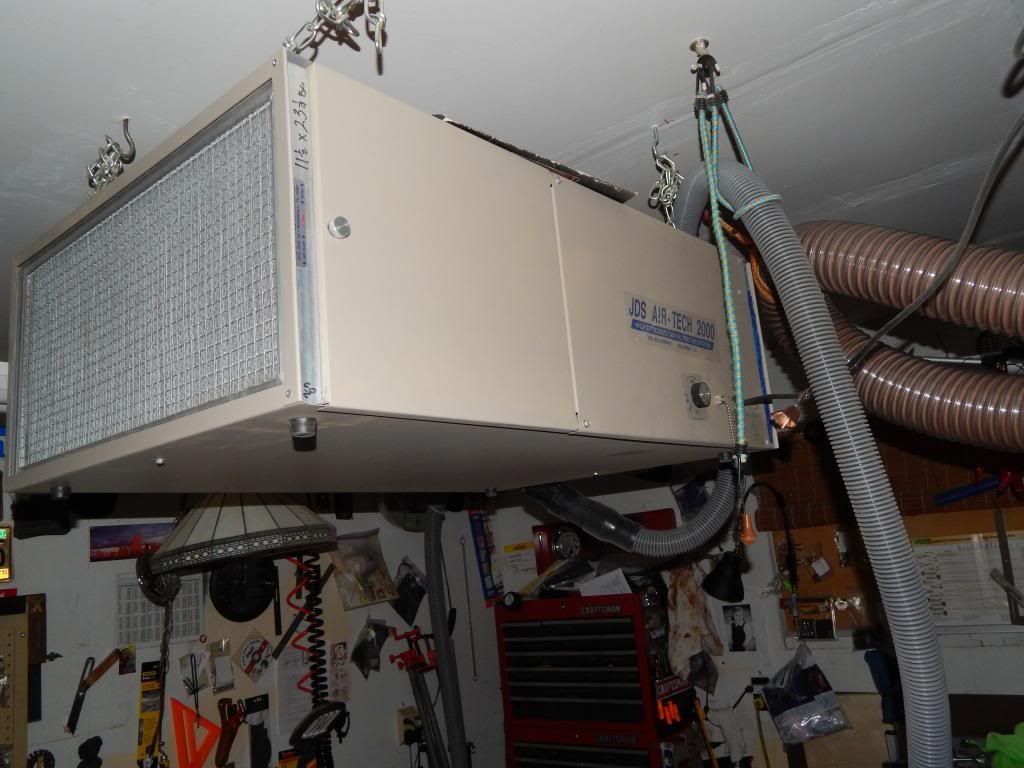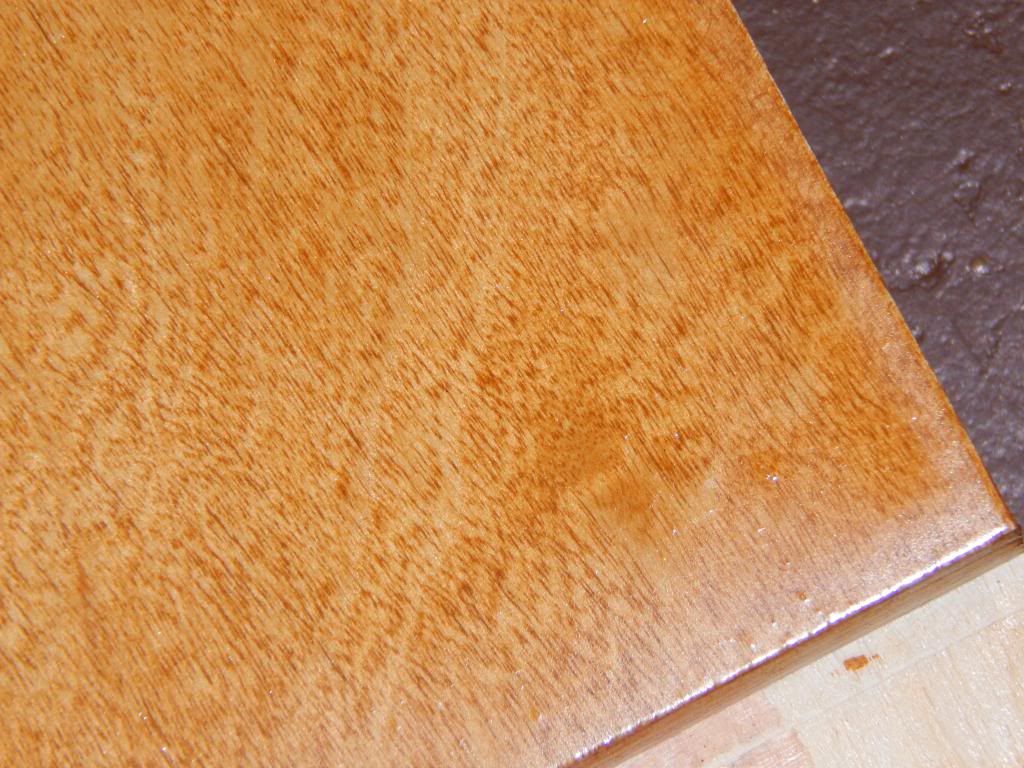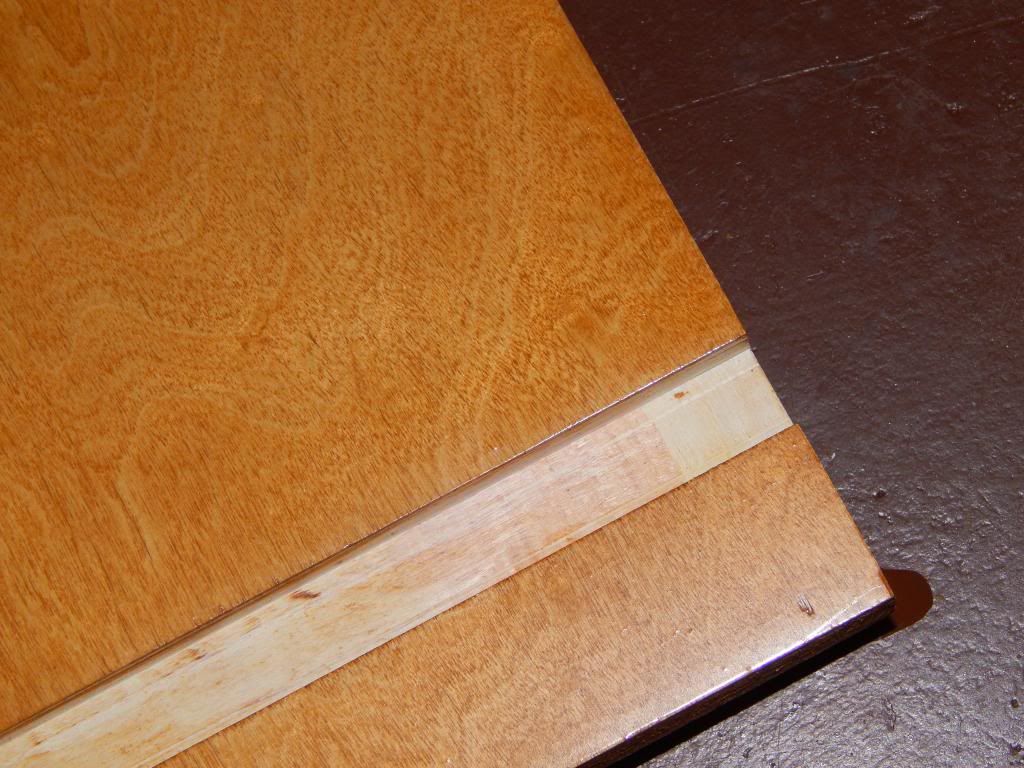Got to the Topcoat on one of my Pantry Cabinets. Using GF Arm-R-Seal Satin, I applied the 1st coat at full ratio. I am at the 5th coat and have been using a 25% MS cut, every coat after the 1st has quite a few air bubbles.
I sanded to 120. Started each coat by soaking the brush up to the ferrule in 100% MS and squeezed the excess out then dipped the Brush a little over 1/2 way out of a glass jar and gently pressed the bristles against the side of the jar. Starting a couple inches from an end using full strokes until the surface is completely covered with a lite even coat and then dragged the brush with the grain the full length with the brush strait up.
It seems I have done everything correctly but still getting excessive bubbles. I am using a grey sanding pad between each coat but still see the pot holes. I took a Razor blade and using the touch of a heart surgeon sliced most all the areas flush, went back over with the sanding pad.
I think it will end up looking good but feel I am working to hard at it. Any advice?




 Reply With Quote
Reply With Quote









